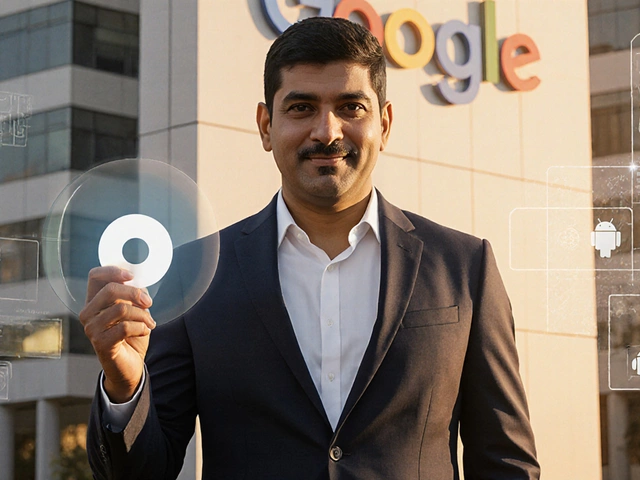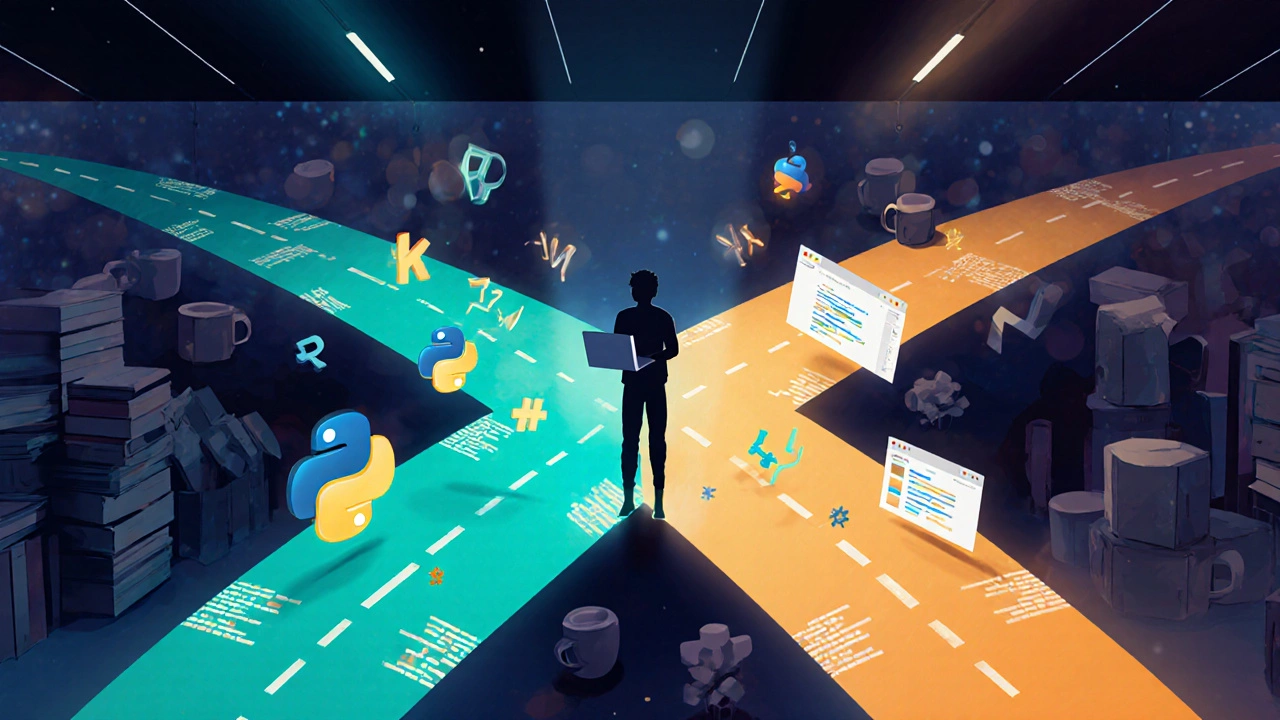Python vs HTML: What’s the Difference and Which One Should You Learn?
When you start learning to code, two names come up again and again: Python, a general-purpose programming language used for everything from web apps to artificial intelligence. Also known as a high-level language, it’s designed to be readable and powerful enough to handle complex tasks without needing dozens of lines of code. Then there’s HTML, the markup language that structures everything you see on a website—from headings and paragraphs to images and buttons. It’s not a programming language—it’s a set of tags that tell browsers how to display content. People often mix them up because both are used in web development, but they do completely different jobs.
Think of HTML like the skeleton of a house. It gives structure: where the door goes, where the windows fit, how the rooms are laid out. Python is like the electrician, plumber, and HVAC system rolled into one—it makes things work. You can use Python to build a website that changes based on user input, pulls data from a database, or even controls a robot. HTML alone can’t do any of that. But without HTML, Python can’t display anything on a browser. They work together, but you don’t need one to learn the other. Many people start with HTML because it’s visual—you write a tag, refresh the page, and see the result right away. Python needs a bit more setup, but once you get past the first few lines, it feels like talking to a computer in plain English.
Looking at the posts here, you’ll notice a pattern. People are asking how to learn coding fast, what online courses pay off, and whether you can start at 50. That’s because both Python and HTML are entry points into tech careers without a degree. If you want to build simple websites or landing pages, HTML (with CSS) is your fastest path. If you want to automate spreadsheets, analyze data, build AI tools, or land a job as a software developer, Python is the better long-term bet. Some of the highest-paying online courses in 2025 focus on Python for data science and automation. Others teach full-stack development, where you use HTML to build the front end and Python (via Django or Flask) to handle the back end. You don’t need to master both right away, but knowing the difference helps you pick the right starting point.
There’s no right answer to "Python or HTML?"—it’s about what you want to build. If you’re curious, start with HTML. If you’re ready to solve real problems with code, start with Python. Either way, you’re not just learning a tool—you’re learning how to think like someone who builds things. And that’s worth more than any certificate.
- By Nolan Blackburn
- /
- 25 Oct 2025
Python vs HTML: Which Should You Learn First?
Decide whether to start with Python or HTML, compare difficulty, career paths, and get a step‑by‑step plan to begin coding confidently.





